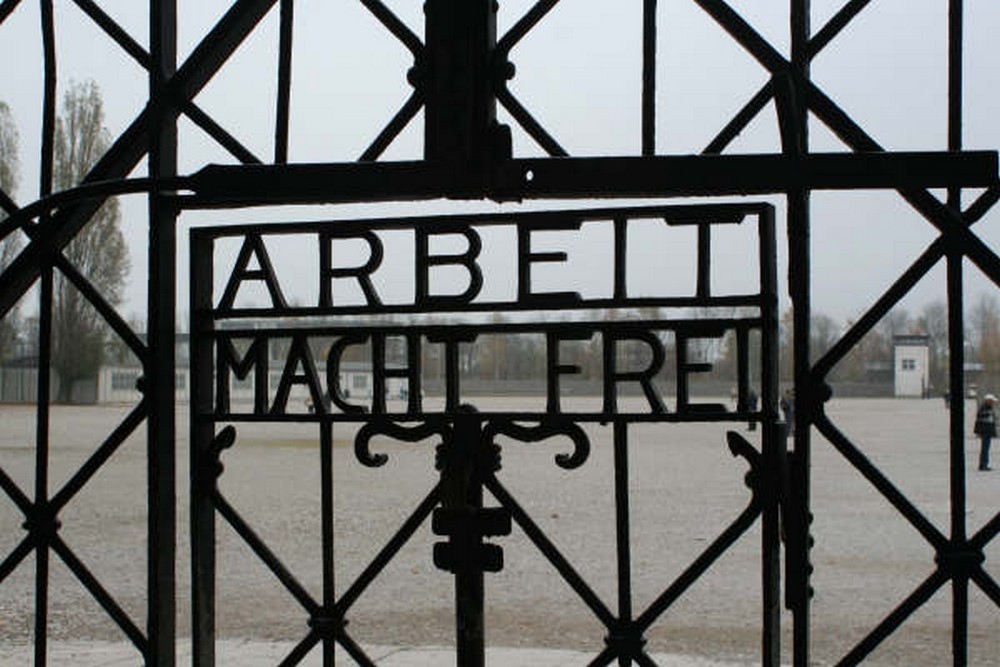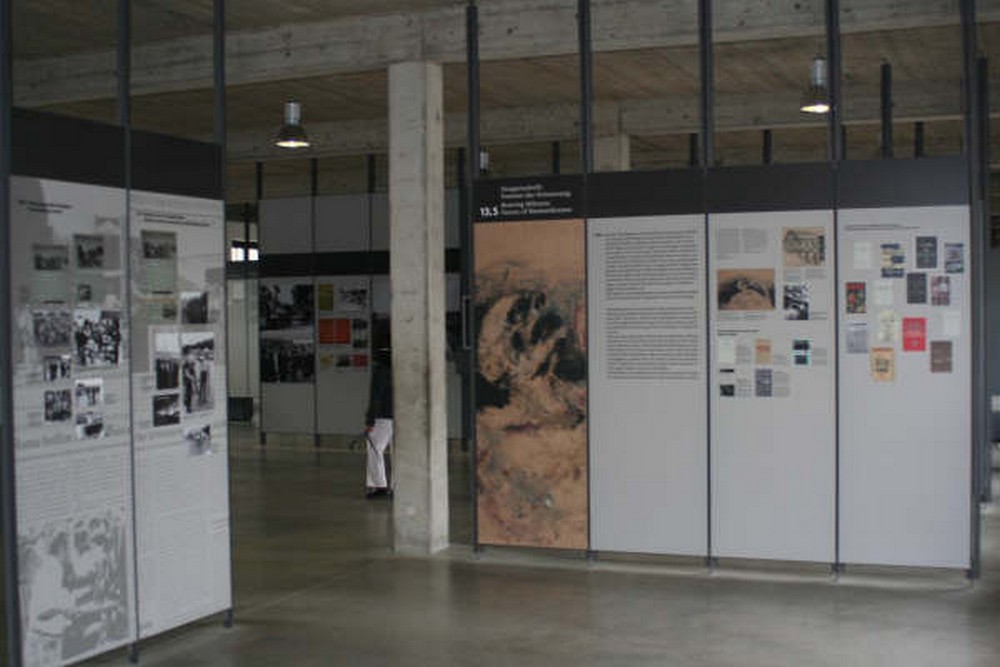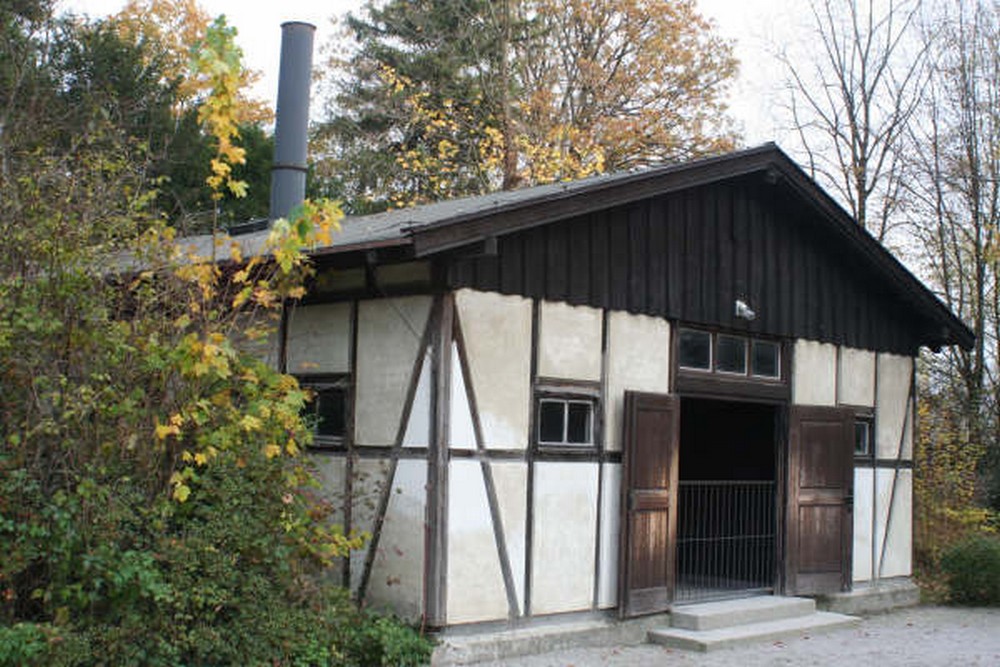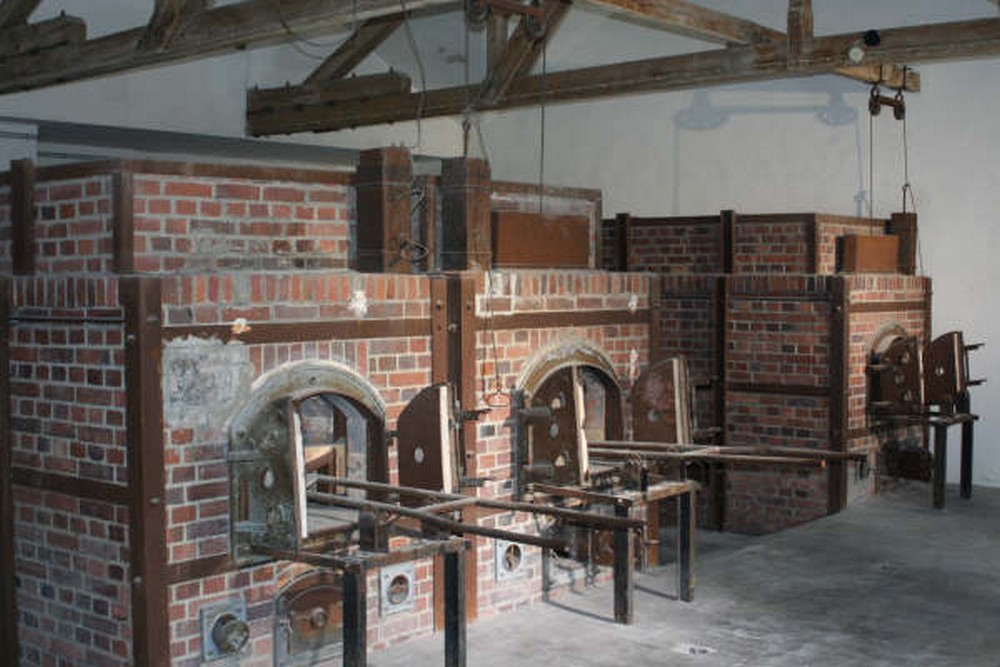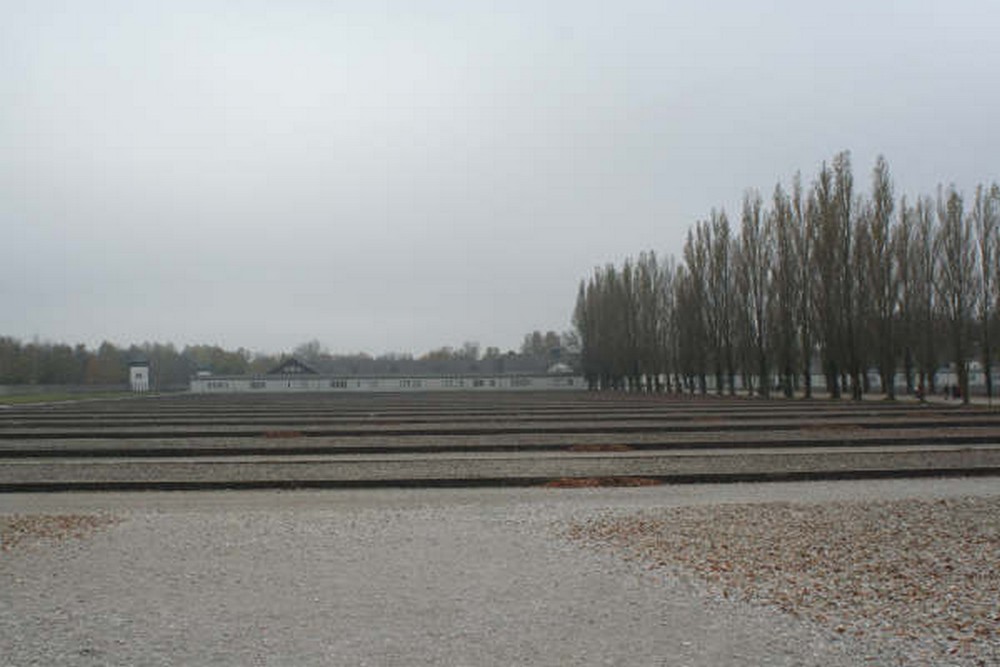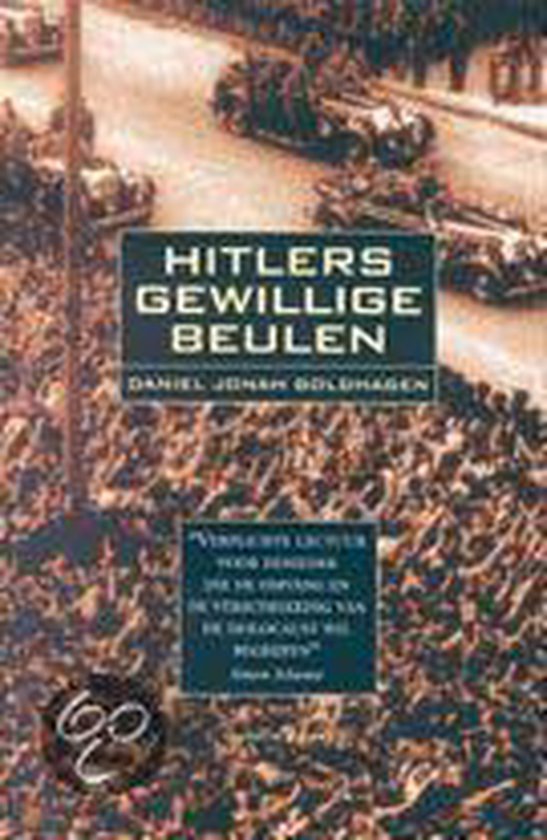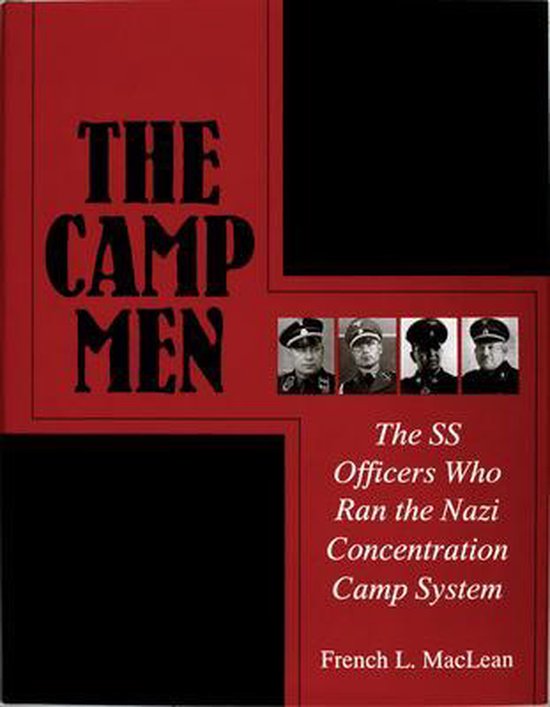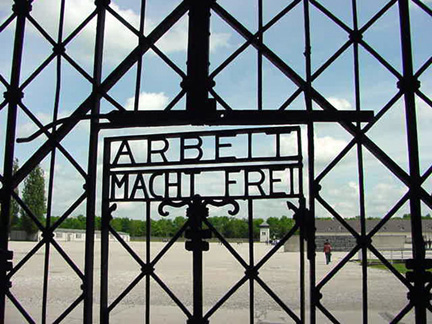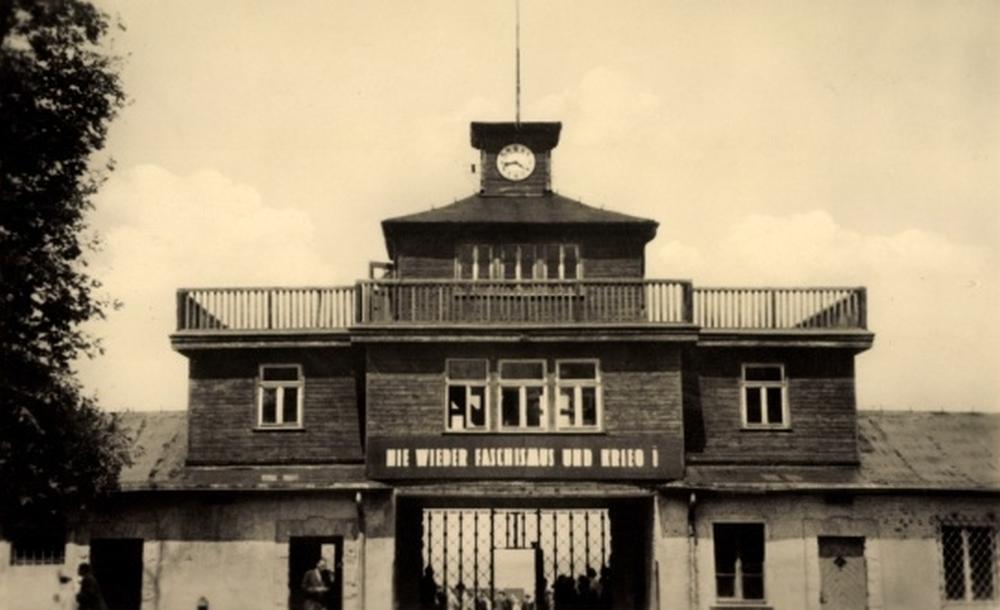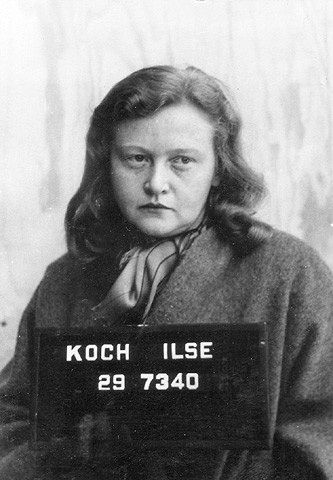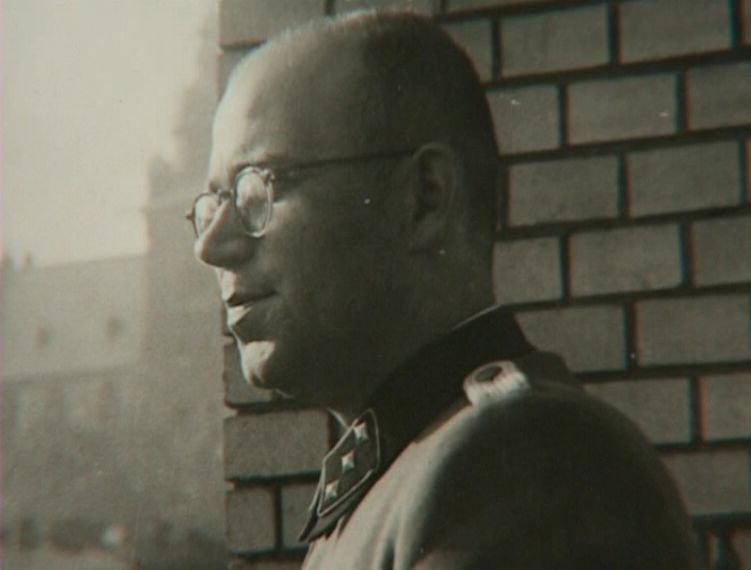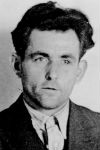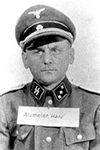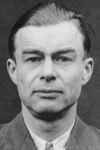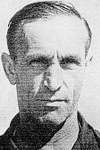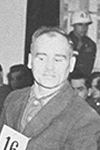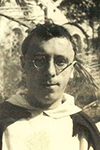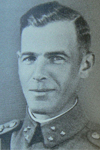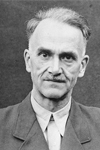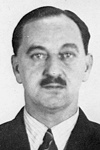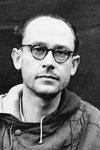Dachau Concentration Camp
Even sixty years after the collapse of the Third Reich the name of the city of Dachau still recalls the memory off the notorious concentration camp (Konzentrationslager (KZ) Dachau) which was established here during the period 1933-1945. Prisoners of more than thirty different nationalities were housed in this camp. Many died owing to the bad living conditions. Also a large number of Dutch were housed in the camp because they had committed acts of resistance against the German occupier.
In September 1948 the concentration camp was handed over to the Bayern authorities. The camp was then used as a refugee camp for a considerable time. The SS-barracks remained in use by the American army up to 1972 and ware later used as a police station. In 1960 the crematory building was set up as a provisional museum and five years later the concentration camp was appointed as Gedenkstätte or memory centre. A new museum was opened at the same time.
Nowadays the concentration camp is still open for visitors. A large part of the camp, among which the Jourhaus, the watchtowers and the crematory, is still in its original state. The old huts have disappeared, but two have been reconstructed to give an impression of how it was. In the old main building is a permanent exhibition and a film room.
For the Wirtschaftsgebaüde, on the former roll-call, the international Dachau monument, which has been designed by the Yugoslavian artist Glid Nandor, can be found.
For current visiting hours, please visit the website of the museum.
Do you have more information about this location? Inform us!
Source
- Text: Kevin Prenger
- Photos: Bert Jans (1, 3, 4, 5, 6), Jan de Jager (2, 7, 8)
Related books
Nearby
Museum
Point of interest
Monument
- Statue of the Unknown Prisoner - Dachau
- International Prisoners Monument - Dachau
- Memorials American Liberators Dachau - Dachau
Cemetery
- Urn Unknown Prisoner - Dachau
- Concentration Camp Cemetery Leitenberg - Dachau
- Field of Honour Waldfriedhof Dachau - Dachau
Remembrance Stone
- Stumbling Stone Schleißheimer Straße 149 - Dachau
- Stumbling Stone Friedenstraße 17 - Dachau
- Stumbling Stone Wieningerstraße 10 - Dachau
